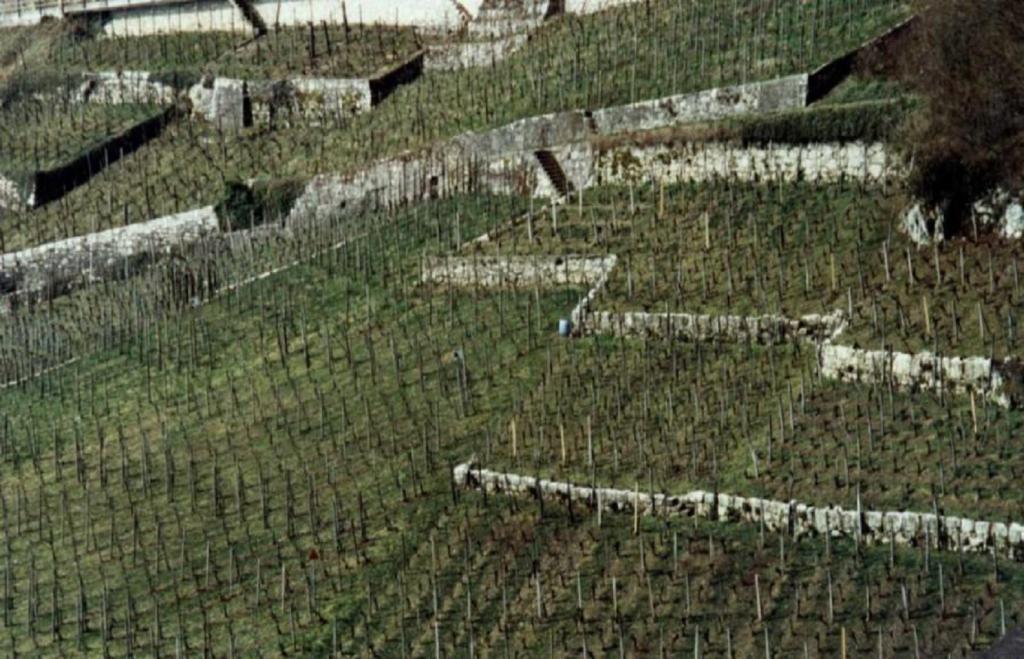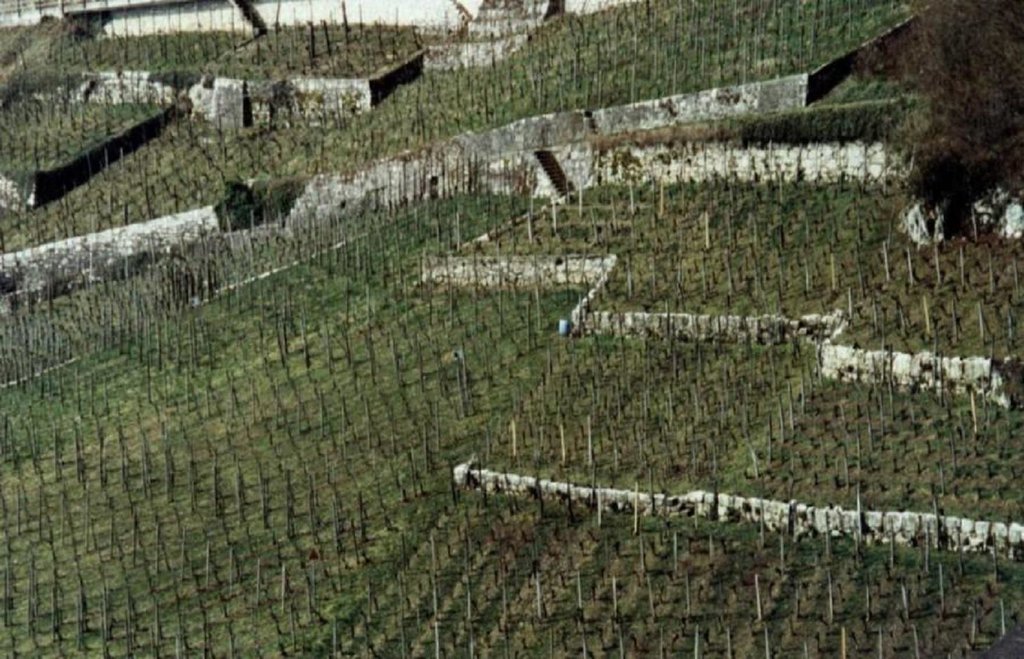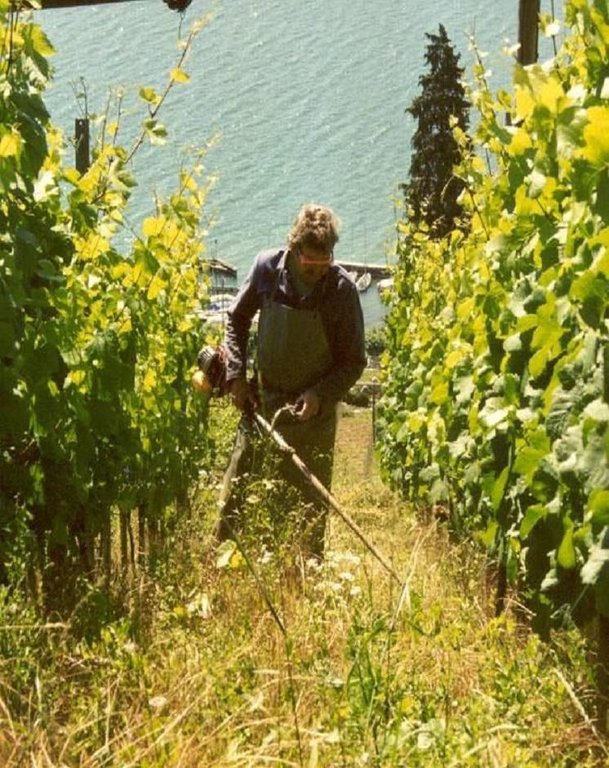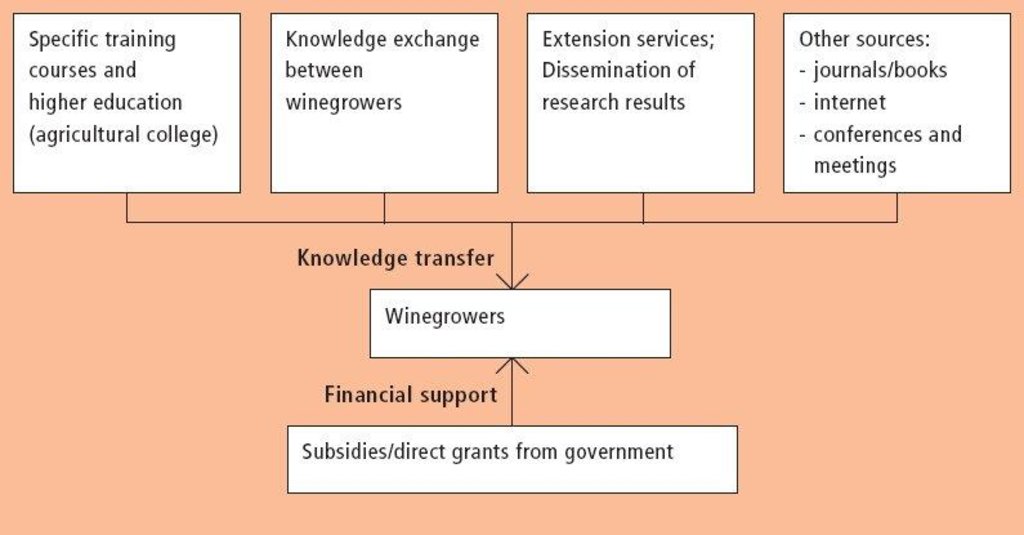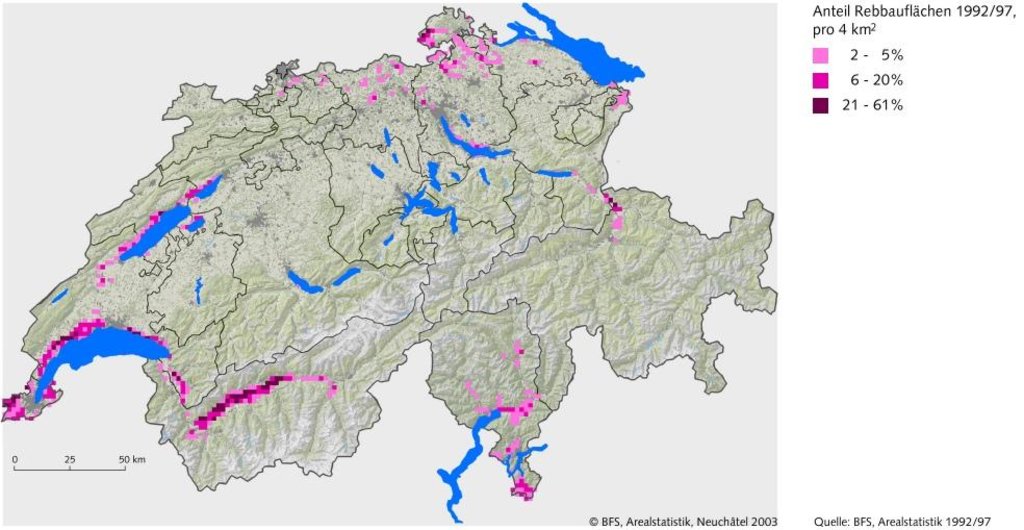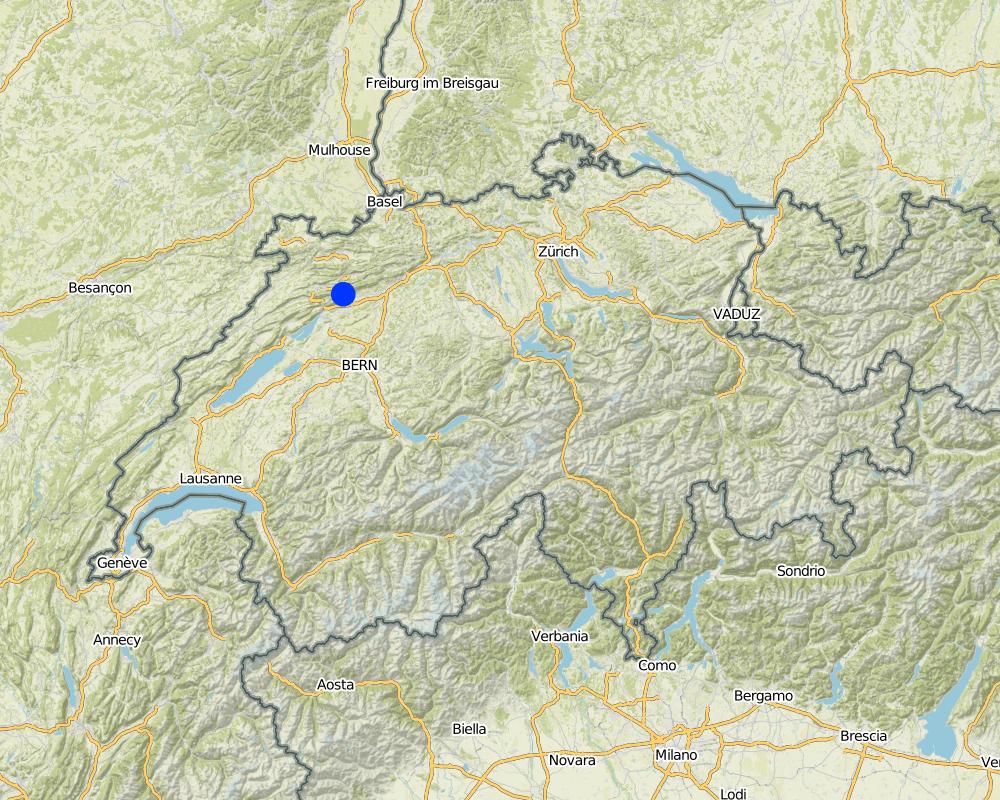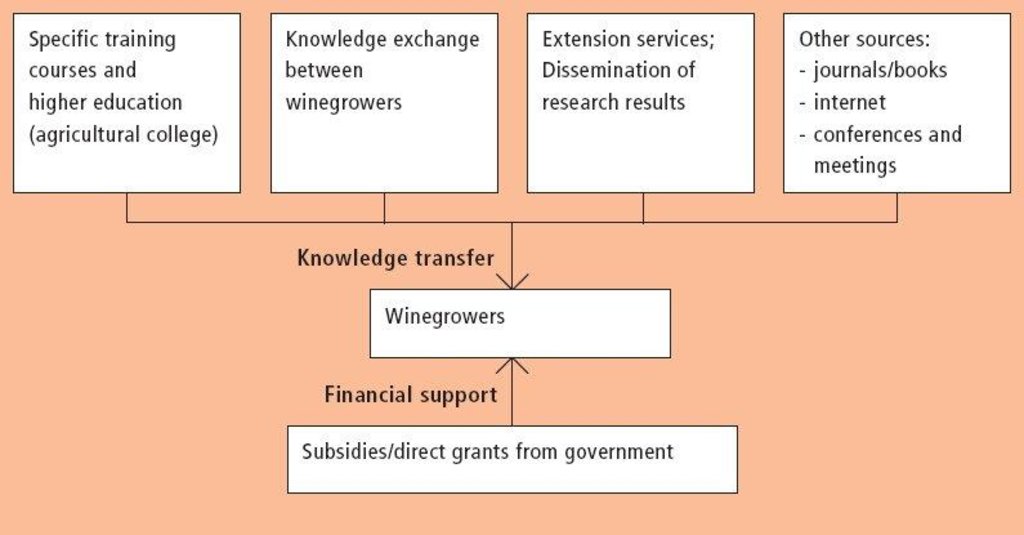Farmer initiative within enabling environment [Швейцария]
- Создание:
- Обновить:
- Составитель: Nicole Guedel
- Редактор: –
- Рецензент: David Streiff
approaches_2623 - Швейцария
Просмотреть разделы
Развернуть все Свернуть все1. Общая информация
1.2 Контактные данные специалистов и организаций, участвующих в описании и оценке Подхода
Название организации (-ий), содействовавших документированию/оценке Подхода (если применимо)
CDE Centre for Development and Environment (CDE Centre for Development and Environment) - Швейцария1.3 Условия, регламентирующие использование собранных ВОКАТ данных
Составитель и ответственный/-ые специалист(-ы) согласны с условиями, регламентирующими использование собранных ВОКАТ данных:
Да
1.4 Ссылка (-и) на Анкету (-ы) по Технологиям УЗП
2. Описание Подхода УЗП
2.1 Краткое описание Подхода
Initiative and innovation of land users, stimulated by government's technical and financial support.
2.2 Подробное описание Подхода
Подробное описание Подхода:
Aims / objectives: The application of green cover (a ???living mulch??? between vine rows) in viniculture within the case study area has been developed and spread, primarily, by experimentation and exchange of knowledge between winegrowers. Individual initiatives and personal contacts have been the most important elements. Other channels are: (1) higher education and specific training courses (the majority of winegrowers have undergone at least 3 years of agricultural college, including both applied and theoretical training); (2) participation in conferences and meetings; (3) self-teaching using the internet and national and international journals or books; and (4) extension services. Disseminated results from national research institutions also play an important role - over and above individual knowledge and experimentation. The approach is thus characterised by responsiveness of winegrowers to the various information sources listed above. This should be seen in the context of national agricultural policy which provides an ???enabling environment??? including payments to farmers: the production quotas of the 1950s were replaced in 2001 by direct grants (subsidies) based on area grown and/or other specific criteria, eg ecological services such as green cover. However, the technology of green cover spread spontaneously before direct incentives were tied to ???ecological production???. Government policy supports agriculture as a weak sector of the national economy, and guarantees, through subsidies, a high percentage of the overall national production. Subsidies in Swiss agriculture are amongst the highest in the world. These subsidies effectively keep wine production going. Vineyards are seen as an important part of the rural cultural heritage and as a characteristic feature of the landscape.
Methods: Recently, with this type of production system, there has emerged a further opportunity - to market wine under a label of controlled ecological production (???vinatura???). A step further is the label of ???organic production??? which, in addition to green cover, requires a range of other criteria to be strictly fulfilled (eg no use of chemical fertilizers/biocides). Customers are increasingly willing to pay a premium for such products. This is an example of a win-win situation: the environment is protected and simultaneously farmers are rewarded with a higher value for their output. Within the framework of subsidies to farmers and information availability, the ???approach??? to improved viniculture can therefore be viewed as an enabling environment for land users to take initiatives themselves. The diffusion of innovative technologies is also largely left to the land users.
2.3 Фотографии, иллюстрирующие Подход
2.5 Страна/ регион/ место, где применялся Подход
Страна:
Швейцария
Административная единица (Район/Область):
Swiss viniculture area
Более точная привязка места:
Switzerland
Комментарии:
The approach is not limited to the SWC technology area described in QT SWI01 and SWI02. It is rather representative for Switzerland.
Map
×2.7 Тип Подхода
- традиционная/ местная система землепользования, используемая коренным населением
2.8 Каковы цели/ задачи Подхода
The Approach focused mainly on other activities than SLM (viticulture as whole and its basic conditions (production of wine, financial questions, economy, technical aspects, equipment, ecology, viticulture and tourism))
The overall objective of national policy is, within a framework of subsidies, to allow farmers to develop and spread solutions themselves through access to sources of knowledge and information. The objectives of the farmers themselves are to improve their production systems through ecologically sound conservation.
The SLM Approach addressed the following problems: - initial technical problem of soil degradation within vineyards: no off the shelf solutions - slow spread of technical solutions (such as green cover which requires fundamental changes in land users attitudes)
2.9 Условия содействующие применению Технологии/ Технологий в рамках Подхода или затрудняющие его
Социальные/ культурные/ религиозные нормы и ценности
- затрудняют
In a community of winegrowers who are used to either clean tillage (traditional method) or chemical weeding, green cover implies a change of values and priorities. This can cause conflicts especially between neighbours and within families
Treatment through the SLM Approach: First, rising awareness of advantages and possible disadvantages of green cover by (further) education, literature, meetings / conferences and internet by research institutions and extension services. The second step is conflict resolution on a one-to-one
Осведомленность в области УЗП, доступность технической поддержки
- затрудняют
The implementation of green cover is strongly dependent on factors on farm or parcel level (available infrastructure / equipment, age of vines, planting system (density and distance of vines, characteristics of supporting elements, poles, wire system...))
Treatment through the SLM Approach: Individual consultation with extension service where specific advice required
другие
- затрудняют
Natural environment: Climatic (drought, frost) and pedological (soil depth) factors can intensify water and nutrient competition to the vine, danger of frost and therefore hamper the implementation of green cover.
Treatment through the SLM Approach: Information provided by mentioned sources. Examples of possible solutions: Green cover on every second interrow; green cover only in winter; agronomic measures to temporarily eliminate competition of cover vegetation (by cutting / mulching vegetation or r
3. Участие и распределение ролей заинтересованных сторон
3.1 Заинтересованные стороны, участвующие в реализации Подхода и их роли
- местные землепользователи/ местные сообщества
land user themselves (their network, exchange of knowledge, implementation)
Existing groups of land users
Working land users were mainly men (because the majority of Swiss winegrowers are men)
The integration of women is a key element of the approach. Nevertheless, there are moderate differences due to cultural factors: men are mainly in charge of agricultural activities, whereas women work in the household.
- местные власти
Districts, communities, villages
- государственные власти (отвечающие за планирование или принятие решений)
3.2 Участие местных землепользователей/ местных сообществ на разных стадиях реализации Подхода
| Участие местных землепользователей/ местных сообществ | Перечислите участников и опишите их вовлеченность | |
|---|---|---|
| инициирование/ мотивация | самоорганизация | |
| планирование | интерактивное | the basic idea was further enhanced by planning based on available information from various sources |
| выполнение | самоорганизация | responsibility for major steps; Responsibility of winegrowers of all steps |
| мониторинг/ оценка | самоорганизация | Mainly: measurements/observations; partly: workshop/seminars, public meetings, reporting; Observation by land user. Some indicators are evaluated by extension services or research institutions. |
| Research | интерактивное | on-station; Both on-farm and on-station |
3.3 Схема реализации (если имеется)
3.4 Принятие решений по выбору Технологии/ Технологий УЗП
Укажите, кто принимал решение по выбору применяемой Технологии/ Технологий:
- исключительно землепользователи (по собственной инициативе)
Поясните:
Decisions on the method of implementing the SLM Technology were made by by land users* alone (self-initiative / bottom-up)
4. Техническая поддержка, повышение компетенций и управление знаниями
4.1 Повышение компетенций/ обучение
Проводилось ли обучение землепользователей/ других заинтересованных лиц?
Да
Тип обучения:
- в ходе работы
- обмен опытом между фермерами
- опытные участки
- общие собрания
- курсы
Рассматриваемые темы:
There are various possibilities which include green cover as one of several topics: (1) agricultural college (three years, including both practical and theoretical knowledge); (2) further education (full time or short courses) at agricultural universities; (3) attendance at regional, national or international meetings/conferences, organised by research institutions, extension services, or
4.2 Консультационные услуги
Есть ли у землепользователей возможность получать консультации?
Да
Укажите, где именно оказываются консультационные услуги:
- на полях землепользователей
Описание/ комментарий:
Adoption; Key elements: palette of information sources, informal contacts, discussions, observations of different systems under personal trials.1) Advisory service was carried out through: non-governmental agency, government's existing extension system 2) Advisory service was carried out through: non-governmental agency, government's existing extension system; Extension staff: mainly government employees
Advisory service is very adequate to ensure the continuation of land conservation activities
4.3 Институциональная (организационная) поддержка
В ходе реализации Подхода были ли организованы новые институциональные структуры или поддержаны уже существующие?
- нет
4.4 Мониторинг и оценка
Являются ли мониторинг и оценка частью Подхода?
Да
Комментарии:
bio-physical aspects were ad hoc monitored by land users, other through observations; indicators: rate of erosion, organic matter content, soil moisture, water potential in vine leaves, compaction, soil structure, soil temperature, biodiversity, chemical analysis of wine, nutrient elements in soil and vines
technical aspects were ad hoc monitored by land users, other through observations; indicators: change of attitude towards green cover, knowledge about SWC and awareness of natural environment, change of appearance of man-made landscape
socio-cultural aspects were ad hoc monitored by land users, other through observations; indicators: costs, production, quality, manual labour, machine hours etc. Often data are not specifically gathered for green cover but total establishment and annual recurrent costs for different winegrowing systems can give some insight into the economic status of green cover
economic / production aspects were ad hoc monitored by land users through observations; indicators: diffusion of green cover (visual impression of the current status, time-series photos, descriptions from past)
area treated aspects were ad hoc monitored by 0 through observations; indicators: number of households involved (with a questionnaire, personal estimation, visual impressions), Number of farmers receiving direct payments
no. of land users involved aspects were ad hoc monitored by other through observations; indicators: None
There were few changes in the Approach as a result of monitoring and evaluation: Few changes to the technology or the approach have resulted directly from formal monitoring and evaluation.
4.5 Научные исследования
Были ли научные исследования частью Подхода?
Да
Напишите подробнее и назовите тех, кто выполнял исследования:
Especially ecological and technical aspects are important elements of the research institutions concerning SWC: e.g. management of green cover such as dealing with competition of water and nutrients to the vine or promoting living space for animals (especially insects) beneficial to grape production (e.g. promoting predators of pests as a possibility of biological pest control). But also economic
Research was carried out both on station and on-farm
5. Финансирование и внешняя материальная поддержка
5.1 Годовой бюджет мероприятий по УЗП в рамках Подхода
Комментарий (например, основные источники финансирования/ ключевые доноры):
Approach costs were met by the following donors: government (national): 70.0%; local community / land user(s) (-): 30.0%
5.2 Финансирование и внешняя материальная поддержка, предоставляемая землепользователям
Предоставлялась ли землепользователям финансовая/ материальная поддержка для применения Технологии /Технологий?
Да
5.3 Субсидии на отдельные затраты (включая оплату труда)
Если труд землепользователя был существенным вкладом, укажите, был ли этот вклад:
- добровольный
Комментарии:
Labour is a substantial input and exclusively done voluntary by land users - though the overall agricultural system is subsidised
5.4 Кредитование
Предоставлялись ли в рамках Подхода кредиты на мероприятия УЗП?
Нет
6. Анализ влияния и заключительные положения
6.1 Влияние Подхода
Сумел ли Подход помочь землепользователям внедрить и поддерживать технологии УЗП?
- Нет
- Да, немного
- Да, умеренно
- Да, существенно
The approach (with all its elements) has led to greatly improved soil and water management.
6.3 Долгосрочная устойчивость мероприятий в рамках Подхода
Могут ли землепользователи самостоятельно (без внешней поддержки) продолжать применение того, что было реализовано в рамках Подхода?
- да
Если да, опишите как:
Within the framework of the existing national policies the approach is sustainable.
6.4 Сильные стороны/ преимущества Подхода
| Сильные стороны/ преимущества/ возможности по мнению составителя или других ключевых специалистов |
|---|
| Very bottom-up oriented. The interest, the own initiative and the generation of own experience and knowledge is the dominant motor (How to sustain/ enhance this strength: Maintain the enabling environment put in place by the government which is the framework for this approach.) |
| Many information sources and ways of receiving information are available and used frequently. |
6.5 Слабые стороны/ недостатки Подхода и пути их преодоления
| Слабые стороны/ недостатки/ риски по мнению составителя или ответственных специалистов | Возможные пути их преодоления/снижения? |
|---|---|
| Winegrowing as a whole is highly dependent on financial incentives. Without direct payments, continuation of Swiss winegrowing and therefore green cover would be threatened ??¡§ at least under marginal conditions | Continue the incentive policy (though this may conflict with international efforts to reduce farm subsidies worldwide). |
7. Справочные материалы и ссылки
7.1 Методы сбора/источники информации
- выезды на места, полевые обследования
- опросы землепользователей
7.2 Ссылки на опубликованные материалы
Название, автор, год публикации, ISBN:
Guedel N (2003) Boden- und Wasserkonservierung in Schweizer Rebbergen. Ein Beispiel im Rahmen von WOCAT. Unpublished
Где опубликовано? Стоимость?
Centre for Development and Environment, University of Berne
Ссылки и модули
Развернуть все Свернуть всеСсылки
Нет ссылок
Модули
Нет модулей


